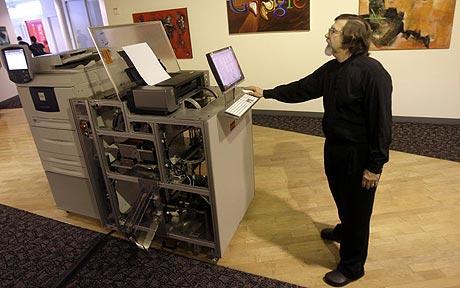The “law of requisite variety” is a fundamental insight in our world. It is not well known. It should be recognized as a fundamental new insight that changes our understanding or the world.
The law itself comes from cybernetics – the study of systems controlled with feedback loops. Articulated in 1948 by Ashby, it states in its original form “only variety can destroy variety”. To be effective, the control system needs to have more variety than the perturbations of system it controls.
It has been taken up under a slightly different form in the 1970’s by the initiators of NLP – neuro-linguistic programming. In their words, “the actor with the greatest flexibility of behavior will ultimately control the system“.
In other words, the most flexible and adaptable actor will dominate.
We now know that most systems in our world – climate, biology, society – are systems controlled by feedback loops. This law should then apply to most of our world.
Darwin’s theory is but the application of this law to biology. Darwin’s theory is that the species most adapted to its environment will thrive. That does not just mean a static adaptation like the color of the bird or the shape of its beak. It also means, the level of dynamic adaptability, of flexibility.
That humans have come to dominate most of their environment and the rest of the ecosystem is not because they are the strongest or physiologically the most adapted – it is because they are the most flexible and adaptable thanks to their intelligence.
Let’s now take this insight into the field of economics and society. The most adaptable and flexible will eventually dominate.
For organizations it means that flexibility and adaptability is a primordial condition for success. For institutions and governments also. The natural tendency to create organizations and institutions that try to freeze a situation to their benefit is doomed in the long term.
The quest for success should be to seek to enhance the flexibility and the adaptability of organizations and institutions rather than devise all sorts impediments to change.
It is also applicable on a personal level. To thrive, you need to be more flexible and adaptable than the world around you.
So, when do you start practicing that fundamental skill – flexibility?





